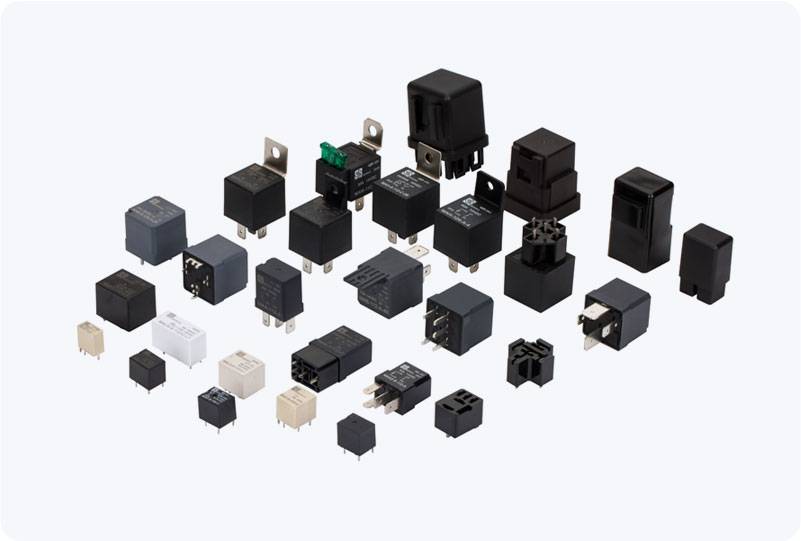understanding circuit breaker power relay: integration of protection and control
Release time:2025-10-18 23:53:46
A Circuit Breaker Power Relay is a critical component in modern electrical systems, serving as a combination of both a circuit breaker and a power relay. This integrated device offers a seamless solution for electrical protection and control. Its primary function is to safeguard electrical circuits from damage caused by overloads or short circuits, while simultaneously providing the capability to manage the operation of electrical devices in response to specific conditions. In this article, we will explore the fundamentals, working principles, applications, and advantages of Circuit Breaker Power Relays.

What is a Circuit Breaker Power Relay?
A circuit breaker is an automatic device designed to disconnect an electrical circuit when a fault condition, such as an overload or short circuit, occurs. It serves as a safety mechanism to prevent further damage to equipment and minimize the risk of fire or electric shock. A power relay, on the other hand, is an electrical device used to control the opening and closing of circuits by using an electromagnet to actuate a switch.
By combining the functions of both components, the Circuit Breaker Power Relay provides enhanced protection and control for electrical circuits. It not only interrupts the power supply in case of faults but also monitors and manages electrical flow, ensuring that the system operates within safe and efficient parameters.

